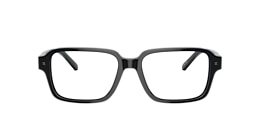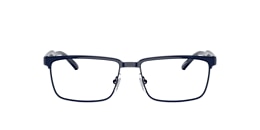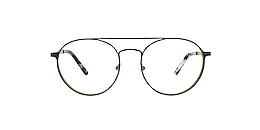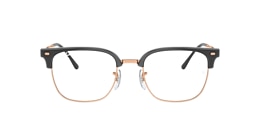Free shipping on glasses orders $99+ and all contacts orders
Blue-Violet Light Glasses
Blue light glasses
1. Select your favourite frames
2. Enter your valid prescription (or skip for non-prescription glasses)
3. Choose Blue light protection as your light filter
You've viewed 20 of 767 products
Load MoreBlue-Violet Light Glasses
Frequently asked questions
Do all blue light glasses have a yellow tint?
Our BlueReflect™ and BlueReflect Plus™ lenses are similar to clear lenses, but they have an additional benefit: to protect your eyes from UV and harmful blue light by filtering harmful light, both indoors and outdoors.
You may notice a very slight yellow tint in your BlueReflect™ lenses if placed against a white background — this is completely normal and comes from the embedded filter in the lenses. There will also be a slight blue reflection on the surface of the lens (which means the glasses are doing their job!).
BlueReflect Plus™ have an even stronger filter, and therefore a slightly more noticeable tint and blue reflection.
Can I wear blue light glasses all the time?
Our blue light filtering lenses can be worn pretty much any time you like, as they provide UV protection and harmful blue light filtration both indoors and outdoors.
However, you should wear sunglasses when outdoors in bright conditions to ensure visual comfort and optimum clarity. We also recommend using a secondary pair of clear lenses when driving at night and when your true colour perception can't be compromised, for the absolute best vision.
Do blue light filtering glasses really work?
Yes – blue light filtering glasses help protect your eyes from harmful blue light* and UV. They help to reduce oxidative stress on retinal tissue, which helps to preserve retinal health over the long term.[1]
BlueReflect™ Standard filters out 90% of harmful blue light
BlueReflect Plus™ filters out 99.5% of harmful blue light
*Harmful blue light filtering measured at 410nm.
What is blue light?
Blue light is sometimes called blue-violet light or violet light. It’s high-energy visible light in the wavelength of 400-500 nm (the light that humans can see), while ultraviolet (UV) light rays are higher-energy ‘invisible’ light in the shorter wavelength of 100-400nm that’s just beyond our perception.
Too much exposure to harmful blue light* can increase the risk of retinal cell damage.[1] Beneficial blue light helps us see better – it enhances clarity, contrast, and colour perception.
*Harmful blue light filtering measured at 410nm.




















